A Cellular Model for Spatial Population Dynamics, Auxiliary Materials
Chu Yue (Stella) Dong, James T. Long, Clifford A. Reiter, Corey Staten, Rytis Umbrasas
These movies show the time evolution of a cellular model for multispecies
spatial population dynamics. Each cell contains
the levels of 2 or 3 populations. The automaton first replaces
each cell by a weighted average of the cell with the average over a 3 by 3
neighborhood around the cell. The average is given the weight m shown in the vectors M0 below while the
original value is given weight 1-m. Then population level xi in each cell (now having these averaged values)
is replaced by appyling a nonlinear iteration scheme of the form xi_new = xi + ai0 xi + xi (a11 xi+...+ain xn).
The coefficient matrices used, C0, are shown below.
Population levels are rendered by the intensity of the red, green and blue components shown.
Sample script and preprint links appear below.
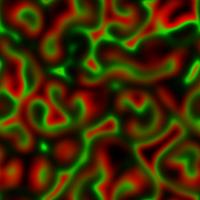
Fig 4. Two populations showing predator front formation.
+--+------------------+
|C0|1.5 _2e_5 _0.0001|
| |0.5 0.0001 _1e_5|
+--+------------------+
|M0|1 1 |
+--+------------------+
|
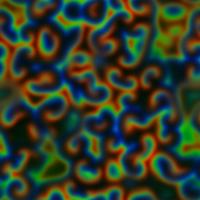
Fig 7. Three populations and curved fronts.
+--+-----------------------------------------+
|C0| 1.53 _0.0980392 _0.980392 _1.02|
| | 1.02 0.980392 _0.0980392 _1.02|
| |0.490196 0.980392 0.980392 _0.0980392|
+--+-----------------------------------------+
|M0|0.5 0.5 1 |
+--+-----------------------------------------+
|
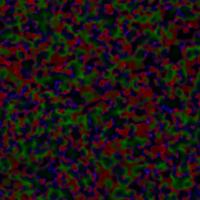
Fig 8. Light formation of spirals for one migration list
+--+---------------------------------------+
|C0| 1.06121 _0.0942322 _0.773033 0.743015|
| |0.714163 1.02 _0.106121 _1.14869|
| | 1.5769 _0.980392 1.02 _0.114869|
+--+---------------------------------------+
|M0|0.5 1 0.1 |
+--+---------------------------------------+
|
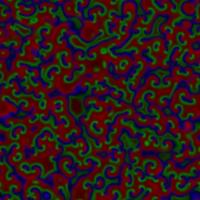
Fig 9. Well formed spirals for another migration list
+--+---------------------------------------+
|C0| 1.06121 _0.0942322 _0.773033 0.743015|
| |0.714163 1.02 _0.106121 _1.14869|
| | 1.5769 _0.980392 1.02 _0.114869|
+--+---------------------------------------+
|M0|1 0.5 1 |
+--+---------------------------------------+
|
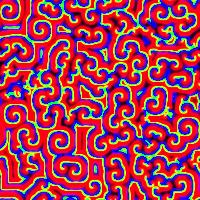
Fig 10. Very distinct spirals for one choice of upper bound.
+--+------------------------+
|C0|1.6 _4e_6 _3e_5 1e_5|
| |1.4 0.0001 _2e_5 _0.0003|
| |0.7 0 5e_5 _1e_5|
+--+------------------------+
|M0|1 1 1 |
+--+------------------------+
|
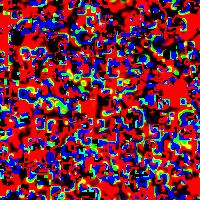
Fig 11. Less organized behavior for a higher upper bound.
+--+------------------------+
|C0|1.6 _4e_6 _3e_5 1e_5|
| |1.4 0.0001 _2e_5 _0.0003|
| |0.7 0 5e_5 _1e_5|
+--+------------------------+
|M0|1 1 1 |
+--+------------------------+
|
If your browser does not load the *.mov files, try saving them and running them from Quicktime(tm).
The following J script [cmspd_f07.ijs]
may be used to duplicate the movie ending in Figure 7. This requires Jsofware
(free) and the media/image3, graphics/fvj3, and math/lapack addons.
All are available at Jsoftware. Download J, then use
"run"-"Package manager" to get the addons.
The paper [abstract].
The paper [preprint].